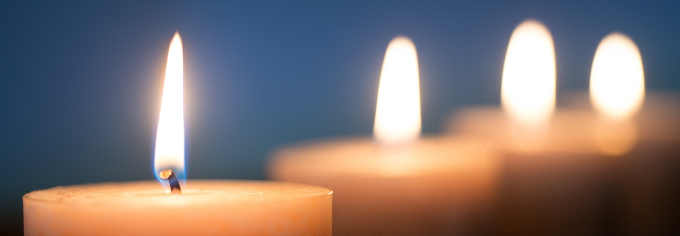The flame of a candle is a mesmerizing and mysterious phenomenon that captures our attention. One of the distinctive features of a candle flame is its conical shape. In this article, we will explore why a candle flame takes on this particular form and the physical processes that contribute to it.

Combustion and Heat Source: The flame of a candle is produced by the combustion of the wax or paraffin in the candle’s wick. The primary source of heat comes from the oxidation of carbon in the wax or paraffin.
Heat Flow and Convection: When a candle burns, the burning gases and vapors heat up the surrounding air. This heated air begins to rise upward as it becomes less dense. Consequently, a thermal flow, air movement, and convection occur.
Conical Shape: The conical shape of a candle flame is determined by the convection of air. As the air moves upward, the hot air is replaced by cooler air from the surroundings. This creates an upward movement of the air flow, directed from the base of the flame towards its tip. Consequently, the candle flame takes on a conical shape, narrowing towards the top.
Prevention of Extinction: The conical shape of the candle flame plays a crucial role in preventing its extinction. The narrowing of the flame concentrates heat and combustible gases, aiding the sustenance of the burning process. The conical structure enables the flame to receive an adequate supply of oxygen to maintain combustion.
Formation of a Conical Tip: At the top of the conical flame, a tip known as the Bunsen flame forms. This tip consists of more intensively burning particles where combustion occurs at higher temperatures. The Bunsen flame ensures more efficient combustion of the gases, contributing to the brightness and thermal efficiency of the candle flame.
The conical shape of a candle flame is a result of convection, the movement of hot air, and prevention of extinction. This physical phenomenon creates a unique and beautiful spectacle that we can enjoy when observing a candle flame.






Leave a Reply